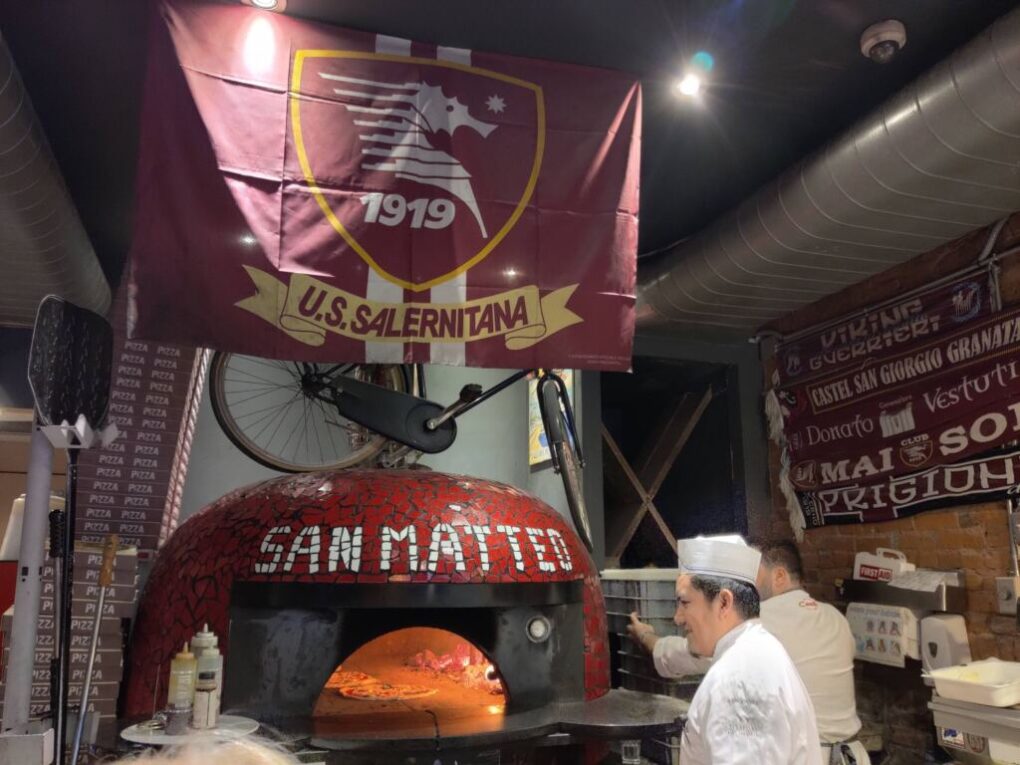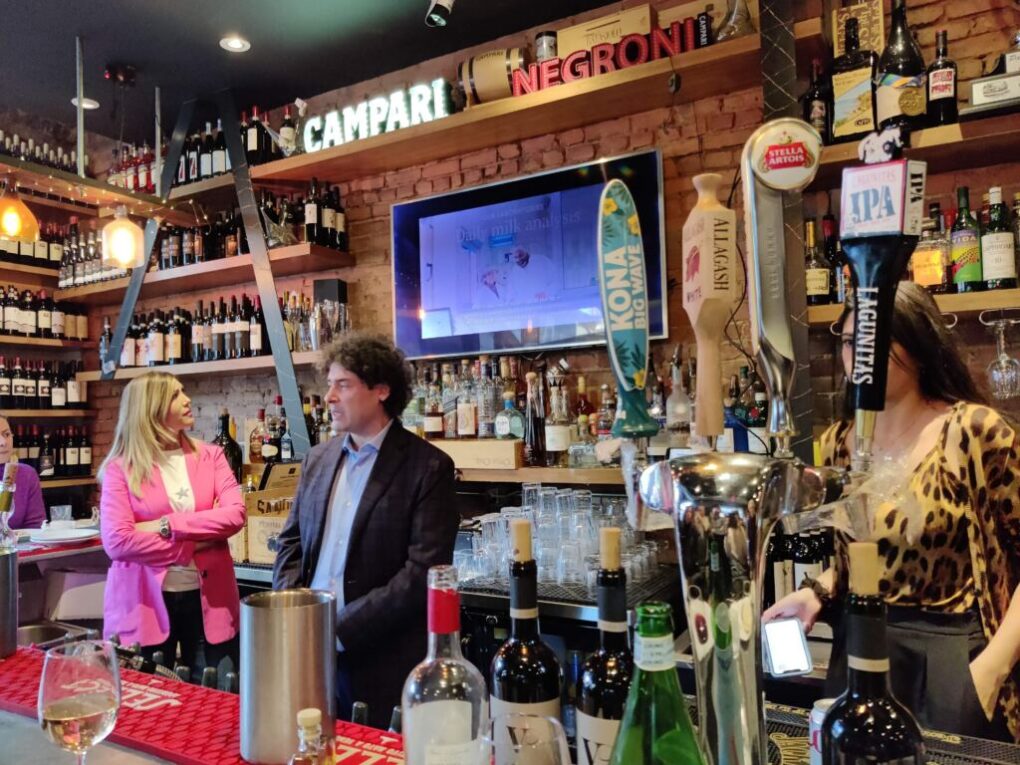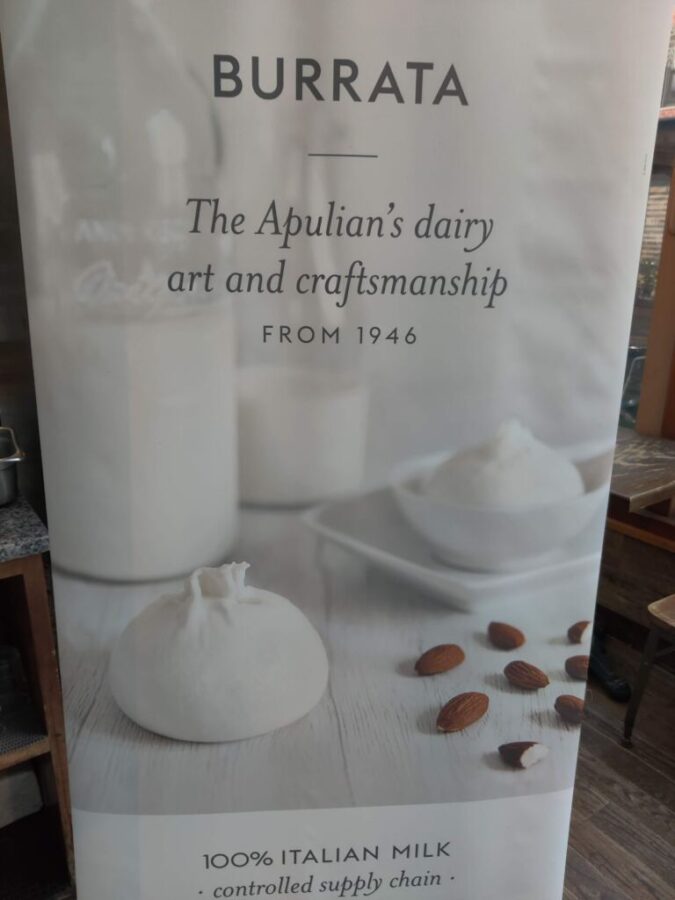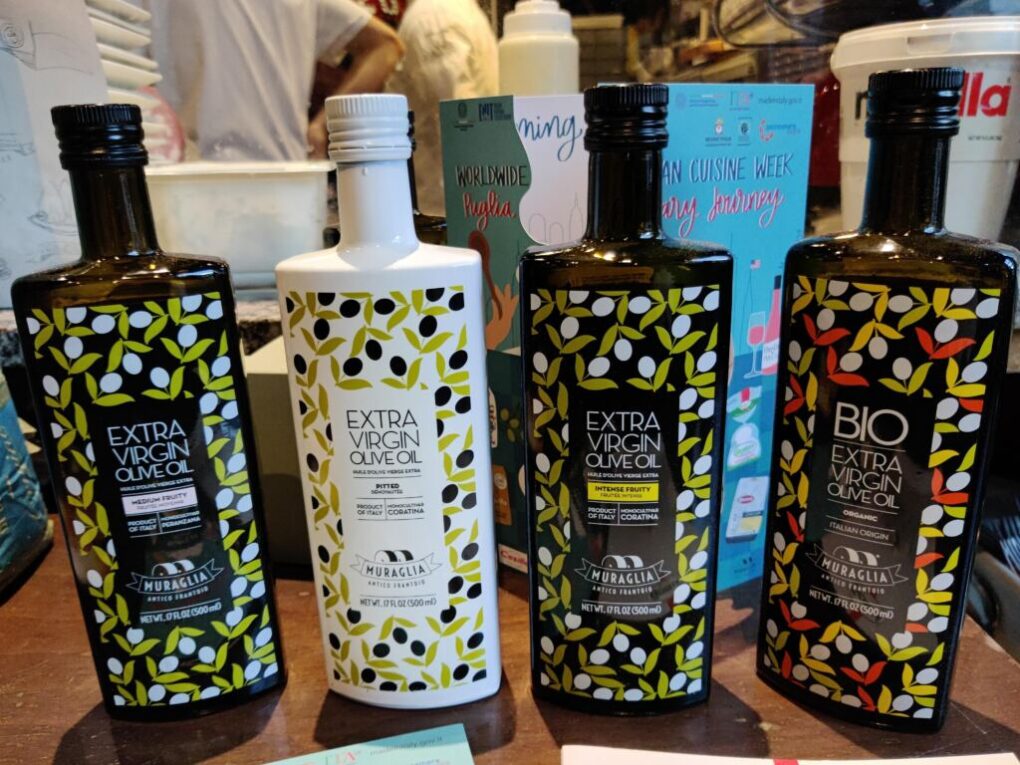
The eighth annual celebration of Italian cuisine in the World took place in New York City last month, and it highlighted the Italian enduring commitment to producing quality Italian ingredients using environmentally sustainable, and equitable labor business practices. This year’s celebration highlighted the cuisine of the southern Italian region of Puglia. Events held at The Italian Consulate, The United Nations, and San Matteo Pizzeria among others showcased the history of Puglia and some of its tastiest offerings.



When it comes to Appulian cuisine or Italian cuisine as a whole for that matter, there are few ingredients as important as semolina and durum wheat flour, cheese (ricotta, burrata, mozzarella and so forth), and other dairy products, olive oil, and of course wine. No event that week reinforced the culinary magic that can happen when quality ingredients are combined with culinary expertise and care more than the celebration of pizza and wine that took place on November 5th. at San Matteo Pizzeria. Representatives from generations-old, family-owned Italian food companies including Molino Casillo (producers of the easy-to-digest Le Speciali” durum and semolina wheat germ flour), Goella (makers of organic burrata, mozzarella, and stracciatella), Frantoio Muraglia (producers of organic extra virgin olive oil), Granoro (purveyors of “glyphosate-free” Apulian wheat pasta), and Puglia in Rose’, and Vespa Vignaioli (offering regional wines) showcased the impact that the quality of an ingredient has across virtually all aspects of the dining experience from aroma and taste, to health benefits, and digestibility.




Naturally, fine ingredients alone are only part of the equation when it comes to culinary excellence. There is also know-how. These quality ingredients found a perfect complement at San Matteo Pizzeria where chef-owners, Ciro Casella and Fabio Casella deftly crafted an array of creative wood- fired pizzas with inspired toppings ranging from the classic Margherita to those topped with meats like coppa, soppressata, and pancetta, and cheeses such as parmigiano. The chefs also served panuozzo (a sort of stuffed panini), and other regional specialties from their native Salerno.



Speaking of complements, regional wines from Puglia in Rose’ and Vespa Vignaioli were ideal pairings to the tasty showcase of Appulian culinary offerings served that afternoon. I ate more slices than I had intended to, and needless to say, I was more than satiated. Nevertheless, I did not have that weighted down feeling I sometimes get when I have too much wheat and dairy. I guess the processing, or, at least in Italy, the lack of over-processing makes all the difference.

Be First to Comment